When it comes to white wines, two names stand out in the world of oenophiles: Riesling and Chardonnay. Both beloved and respected, these grape varieties have become synonymous with elegance and sophistication. But what sets them apart? Which one reigns supreme in terms of taste, versatility, and overall appeal?
In this ultimate face-off between Riesling and Chardonnay, we delve into the distinctive characteristics of each grape variety, uncorking their secrets and exploring the unique experiences they offer to wine enthusiasts around the globe. Whether you prefer a crisp German Riesling or a buttery Californian Chardonnay, prepare your palate for an epic battle that will leave you thirsting for more.
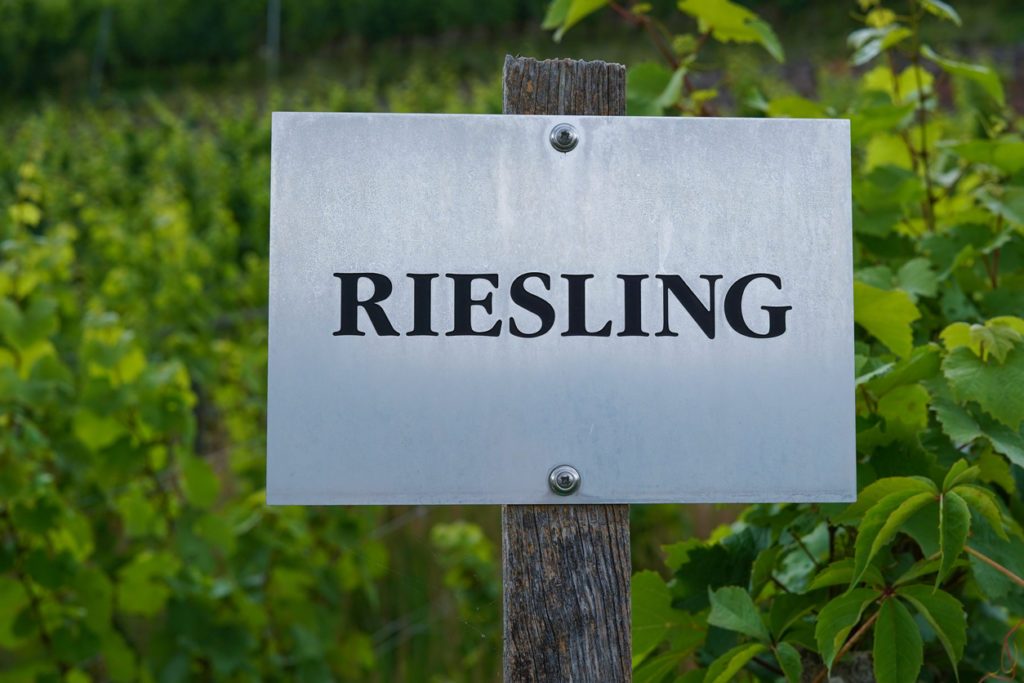
Understanding Riesling
Riesling, a grape varietal known for its exquisite range of flavors and aromatic profiles, has long been misunderstood by many wine enthusiasts. Often dismissed as overly sweet or lacking complexity, Riesling is a versatile grape that showcases the unique characteristics of its terroir. From dry to off-dry and even sweet styles, Riesling offers something for every palate.
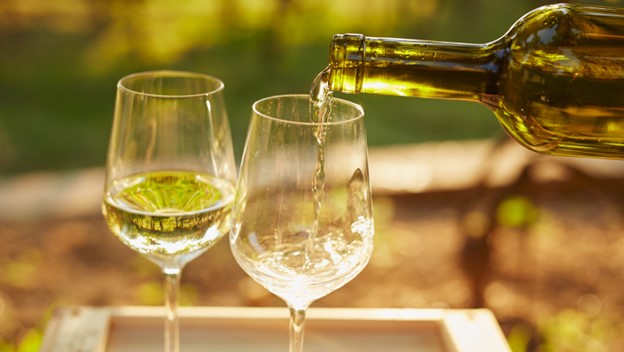
One fascinating aspect of Riesling is its ability to age gracefully over time. While many white wines tend to lose their vitality and freshness with age, Rieslings develop remarkable complexity and depth as they mature. With the right conditions, these wines can be cellared for years, evolving into elegant masterpieces that continue to surprise and delight.
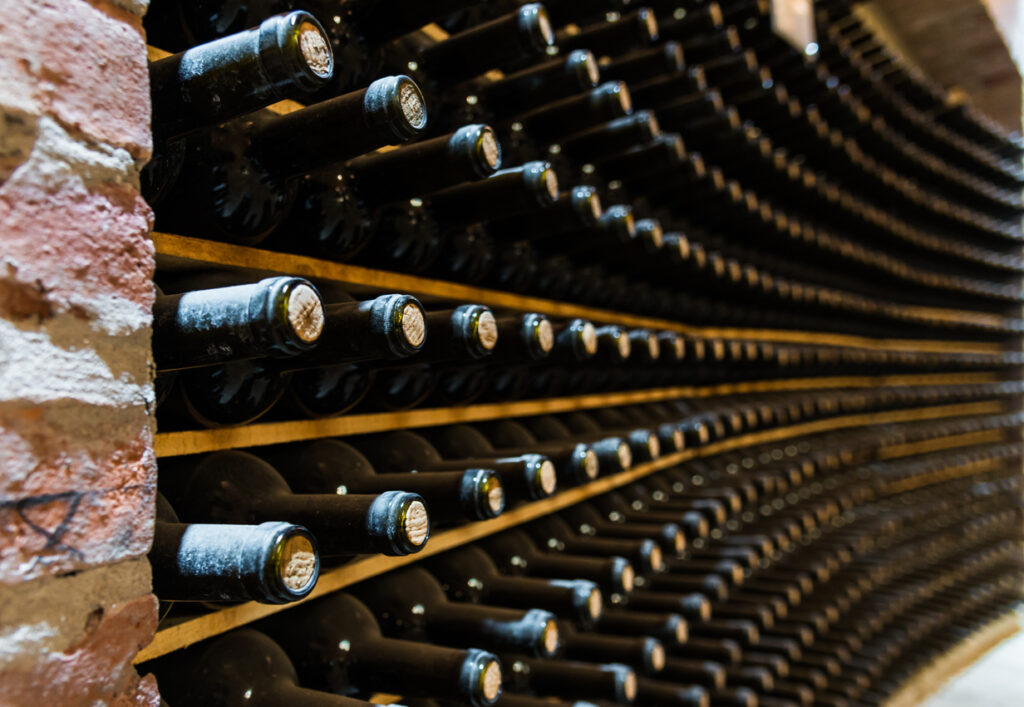
Another frequently overlooked quality of Riesling is its unparalleled ability to express terroir. The grape has an uncanny talent for reflecting the specific soil composition and climate where it is grown. From the steep slopes of Germany’s Mosel region to the mineral-rich vineyards along Australia’s Eden Valley, each glass of Riesling tells a unique story about the land it hails from.
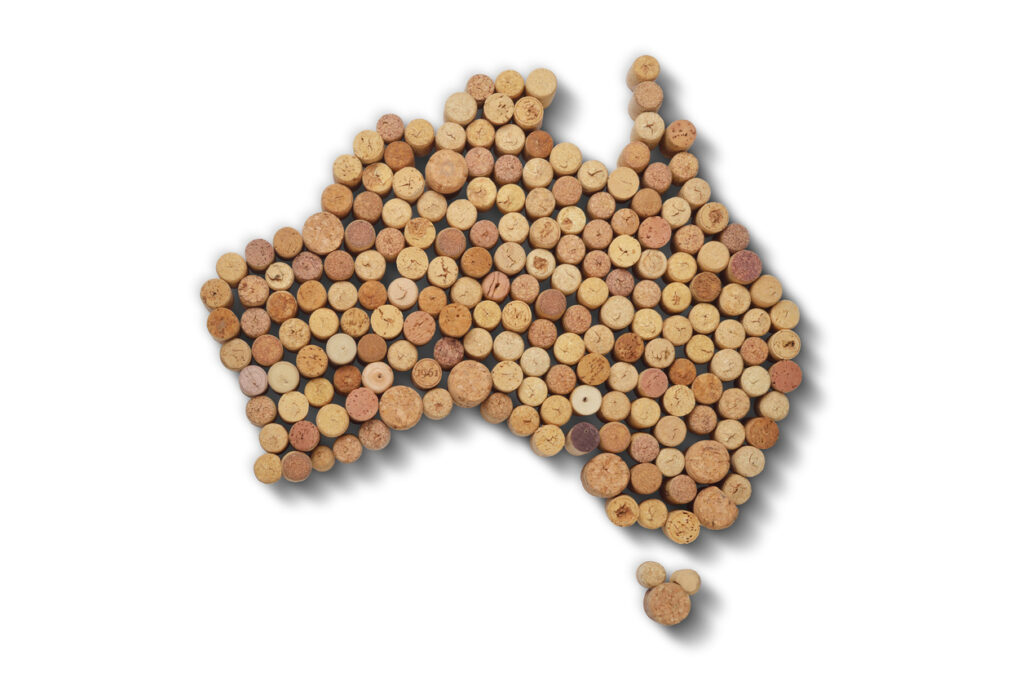
In conclusion, understanding Riesling requires an open mind and willingness to explore its various expressions. Whether you prefer bone-dry or lusciously sweet wines, there is a style of Riesling that will captivate your senses and challenge your preconceived notions.
Understanding Chardonnay
Chardonnay is a versatile and complex white wine that has gained popularity among wine enthusiasts worldwide. Its flavor profile can vary widely, from crisp and citrusy to rich and buttery, depending on factors such as terroir, oak aging, and winemaking techniques. This diversity makes it an intriguing grape to explore.
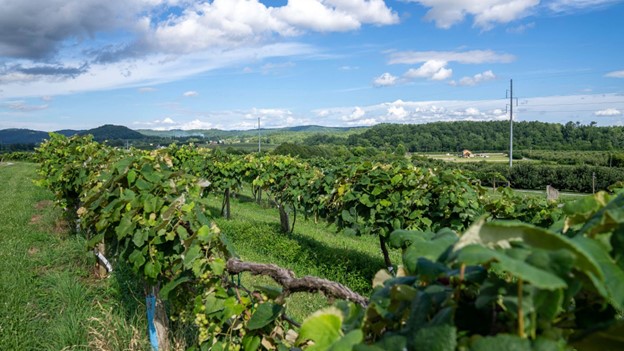
One of the key characteristics that sets Chardonnay apart from other white wines is its ability to reflect its terroir. The soil composition, climate, and growing conditions in different regions have a significant impact on the resulting flavors and aromas of Chardonnay. Take for example Burgundy in France; the cooler climate produces elegant and mineral-driven Chardonnays with notes of green apple and limestone minerality. Meanwhile, in warmer regions like California or Australia’s Margaret River Valley, you can find ripe tropical fruit flavors like pineapple or mango alongside vanilla undertones imparted by oak aging.
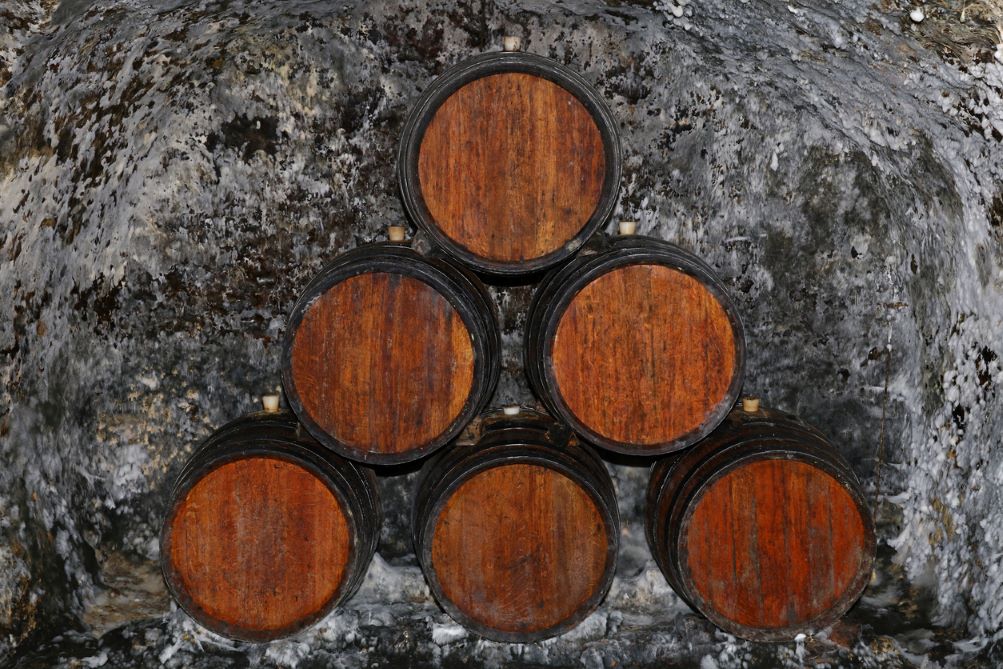
Understanding Chardonnay goes beyond just tasting it – knowing how it evolves with age is equally important. While some enjoy young, unoaked expressions for their vibrant fruitiness, others seek out aged bottles for more developed flavors. With time in the bottle, Chardonnay undergoes complex changes that add layers of richness and complexity to the wine’s profile. The primary fruit flavors may mellow into honeyed notes while hints of toasted nuts or caramel emerge from oxidative aging.
Differences between Riesling and Chardonnay
Riesling and Chardonnay are two popular white wine varietals that offer distinct characteristics and flavors. One notable difference between the two is their level of sweetness. Riesling is known for its wide range of sweetness, from bone-dry to very sweet dessert wines. This variability allows Riesling to pair well with a variety of dishes, from spicy Thai cuisine to savory roasted meats. On the other hand, Chardonnay tends to be dry or off-dry, making it a versatile choice for pairing with seafood or poultry.
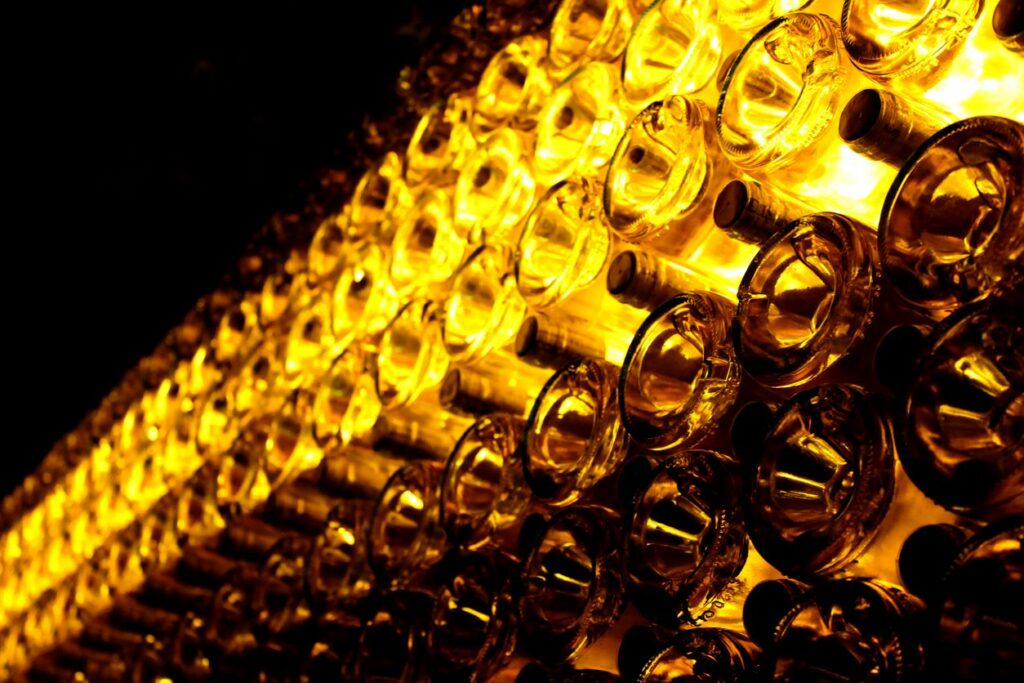
Taste Profile and Flavor
Another key contrast lies in the flavor profiles of these wines. Riesling often exhibits vibrant aromas of citrus fruits such as lime and lemon, along with floral notes like jasmine and honeysuckle. Its high acidity gives it a refreshing and crisp character on the palate. In comparison, Chardonnay offers a more complex taste profile that can include flavors ranging from green apple and tropical fruits to buttery notes influenced by oak aging. The creamy texture and fuller body found in many Chardonnays contribute to its luscious mouthfeel.
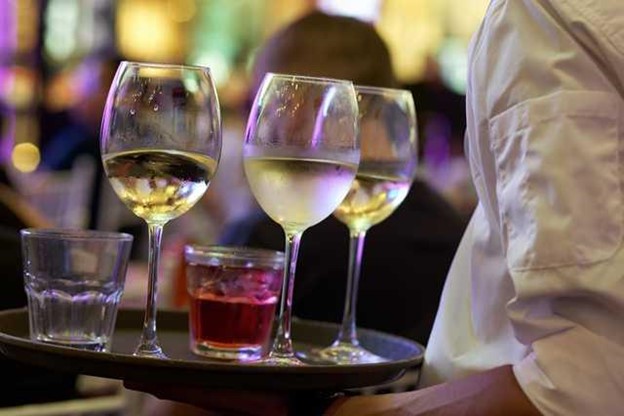
Oak Ageing vs Steel Tank Ageing
One of the most significant differences between Riesling and Chardonnay lies in their oak ageing characteristics. While Chardonnay is often aged in oak barrels, Riesling tends to be made with little to no exposure to oak. This distinction has a profound impact on their flavor profiles. Oak ageing infuses Chardonnay with rich notes of vanilla, butter, and toast, adding a layer of complexity to the wine. On the other hand, Riesling’s pure expression of fruit flavors shines through without any interference from oaky nuances.
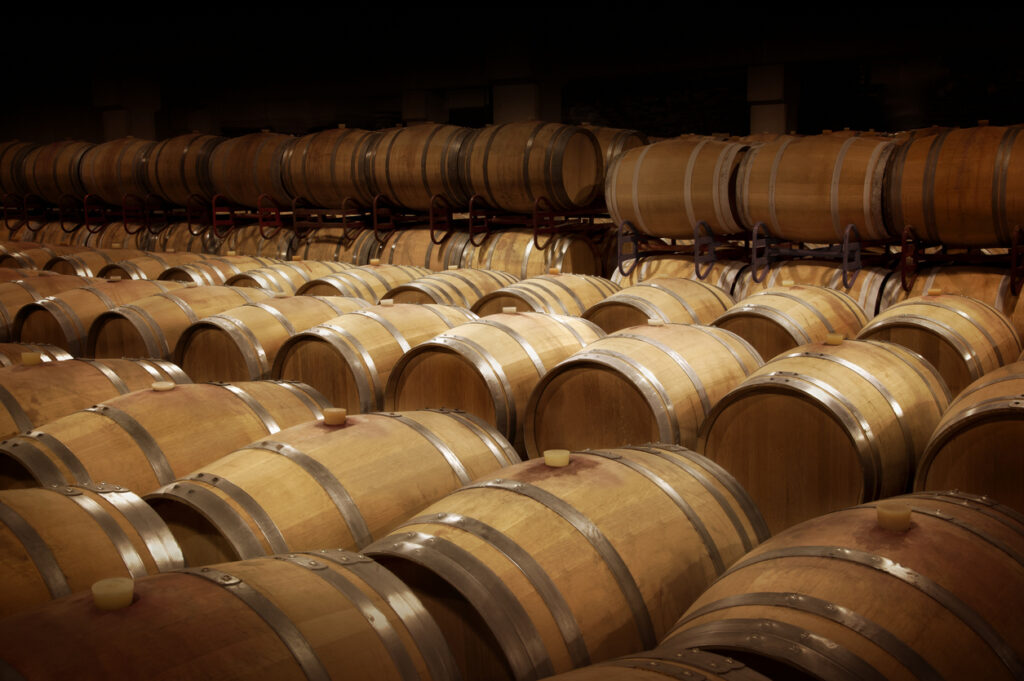
The decision to age or not to age wine in oak also affects the aging potential of these two varietals. The structure and acidity of Riesling make it highly capable of long-term cellaring, often improving over time. However, Chardonnays that have undergone oak ageing may reach their peak flavor profile much earlier but tend to lose freshness and vibrancy as they age further.
Food Pairing
When it comes to food pairing, Riesling and Chardonnay offer very different experiences. Riesling, with its high acidity and fruity flavors, is incredibly versatile and pairs well with a wide range of dishes. It’s particularly fantastic with spicy foods like Thai or Indian cuisine because the sweetness in the wine balances out the heat.

Alternatively, Chardonnay tends to have a rich and buttery profile, making it an excellent match for creamy dishes like lobster bisque or roasted chicken with garlic mashed potatoes. The full-bodied nature of Chardonnay complements these kinds of indulgent flavors perfectly.
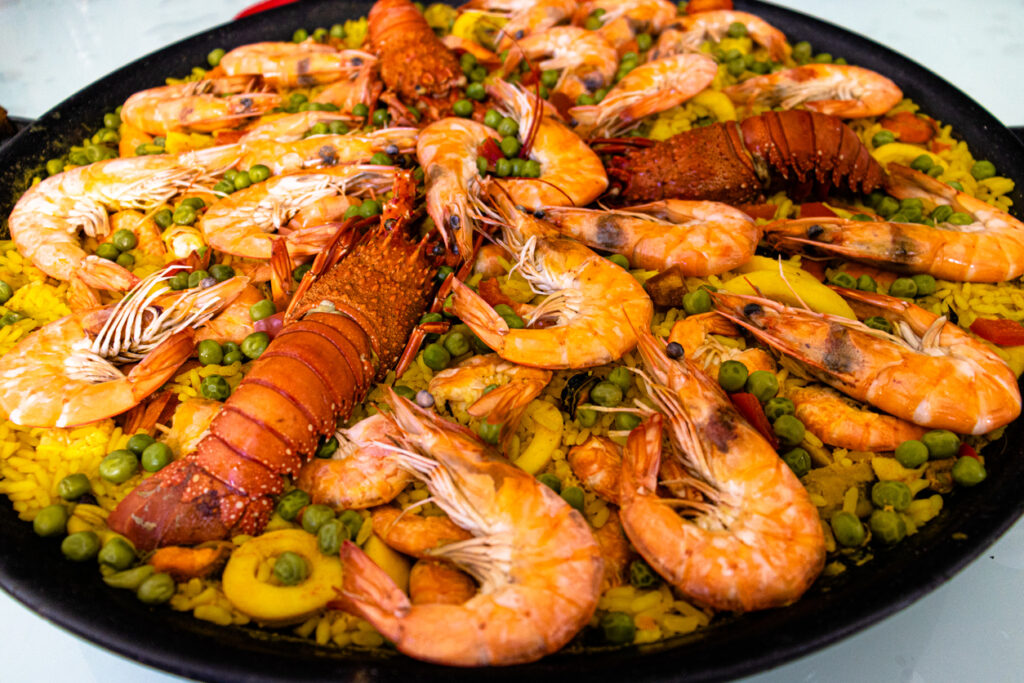
Ageing Potential
Another key difference between the two wines lies in their aging potential. While some prefer young and fresh Rieslings that are vibrant and crisp, others appreciate the complexities that develop as they age. Aged Rieslings take on honeyed notes, further enhancing their ability to pair beautifully with cheeses or caramelized desserts like crème brûlée. On the other hand, Chardonnays can undergo oak aging which adds layers of flavor such as vanilla or toastiness to the wine. This process lends itself well to pairing with grilled salmon or creamy pasta dishes where these additional notes can elevate the dining experience.
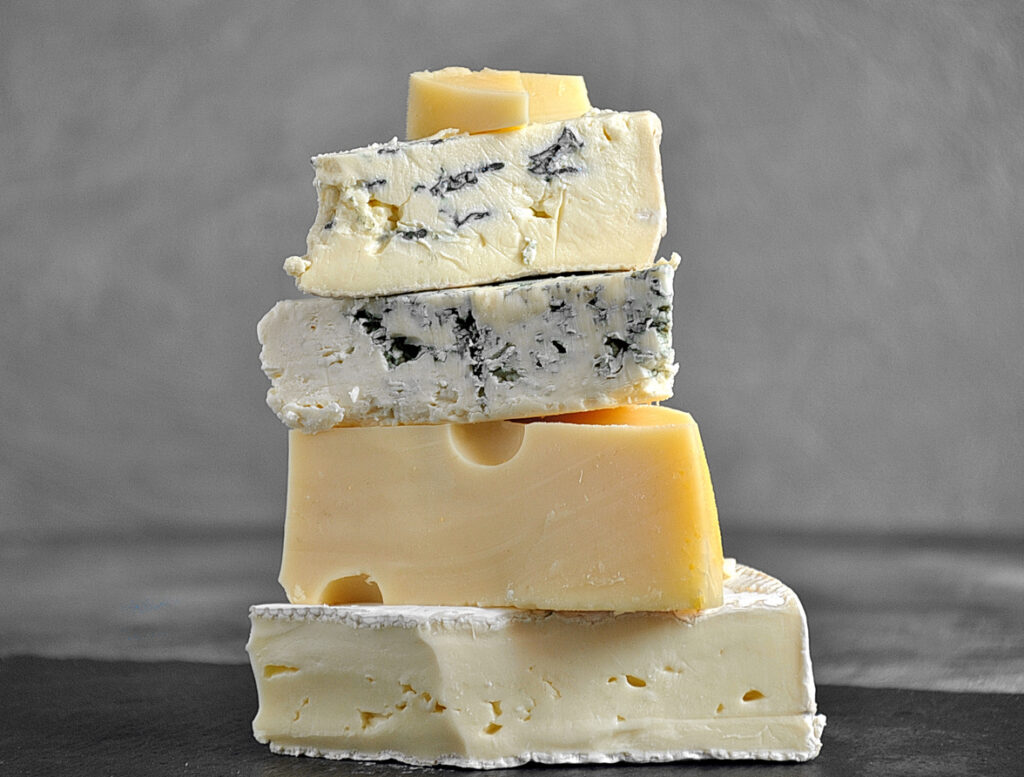
Ultimately, both Riesling and Chardonnay showcase distinct characteristics that make them exceptional choices for different occasions and culinary preferences.
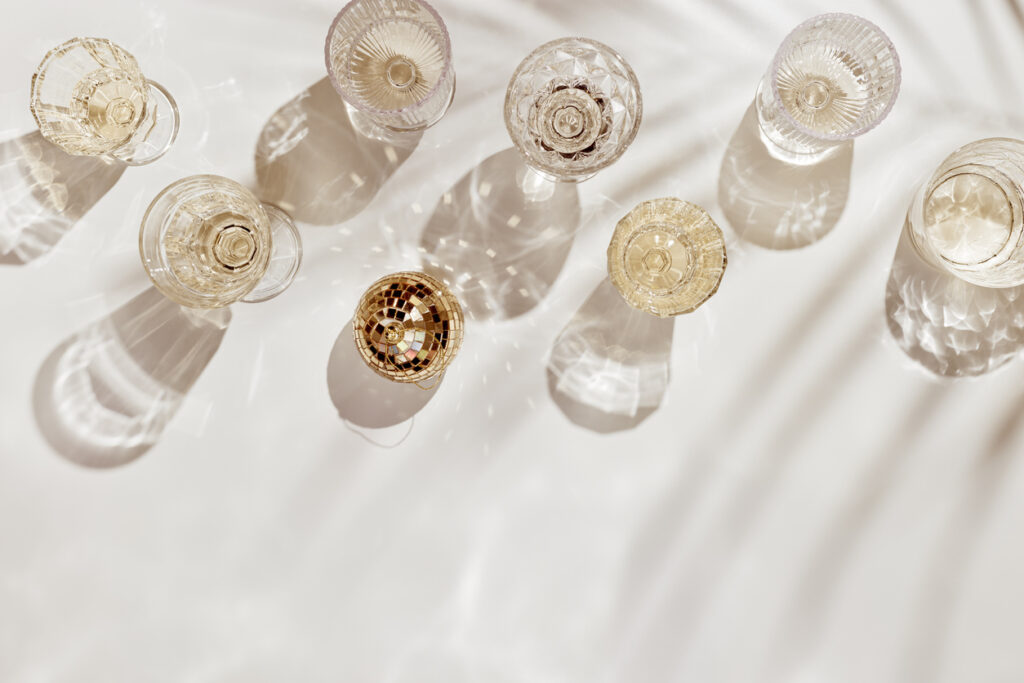
In conclusion, understanding the differences between Riesling and Chardonnay can help you make informed choices when selecting white wines for various occasions or food pairings. While both varietals have their unique charm, Riesling’s diversity in sweetness levels makes it a flexible partner for different cuisines, while Chardonnay’s complexity creates an elegant experience that complements foods like seafood beautifully.
Similarities between Riesling vs Chardonnay
When it comes to food pairing, both Riesling and Chardonnay have their unique characteristics that make them a versatile match for various dishes. Riesling’s high acidity and fruity profile make it an excellent companion for spicy cuisine, as the sweetness of the wine can help balance out the heat. Chardonnay, on the other hand, with its fuller body and buttery notes, pairs well with creamy and rich dishes such as lobster bisque or chicken Alfredo.
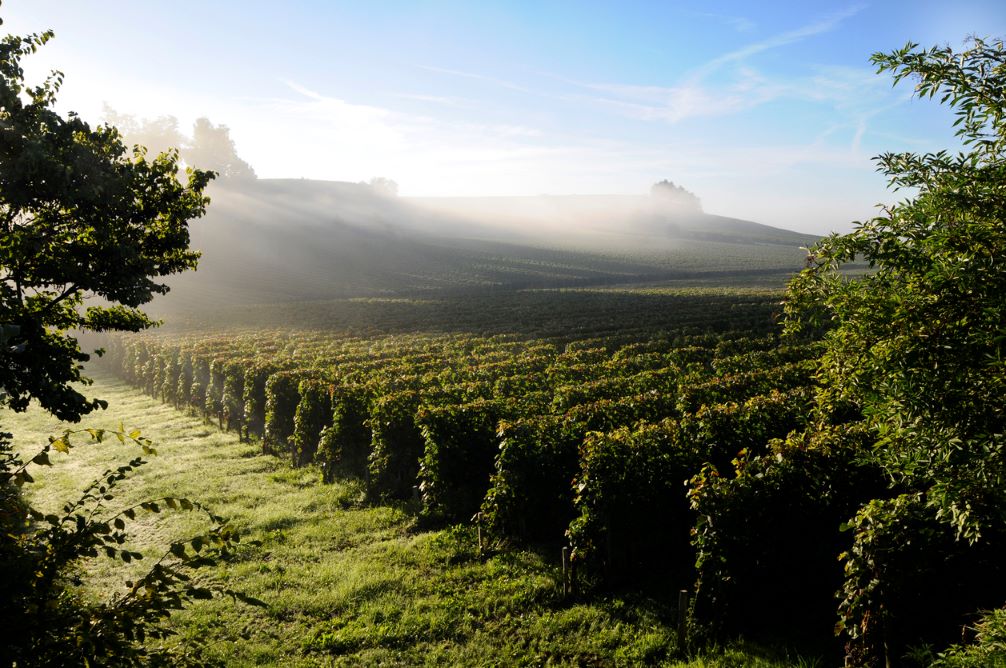
Another similarity between these two wines lies in their ability to reflect their terroir. Both Riesling and Chardonnay are known to showcase the distinct qualities of the regions in which they are grown. From the soil composition to climate conditions, every factor plays a role in shaping their flavor profiles. This characteristic allows wine lovers to explore different styles within each varietal based on where it is produced, adding depth and complexity to the tasting experience.
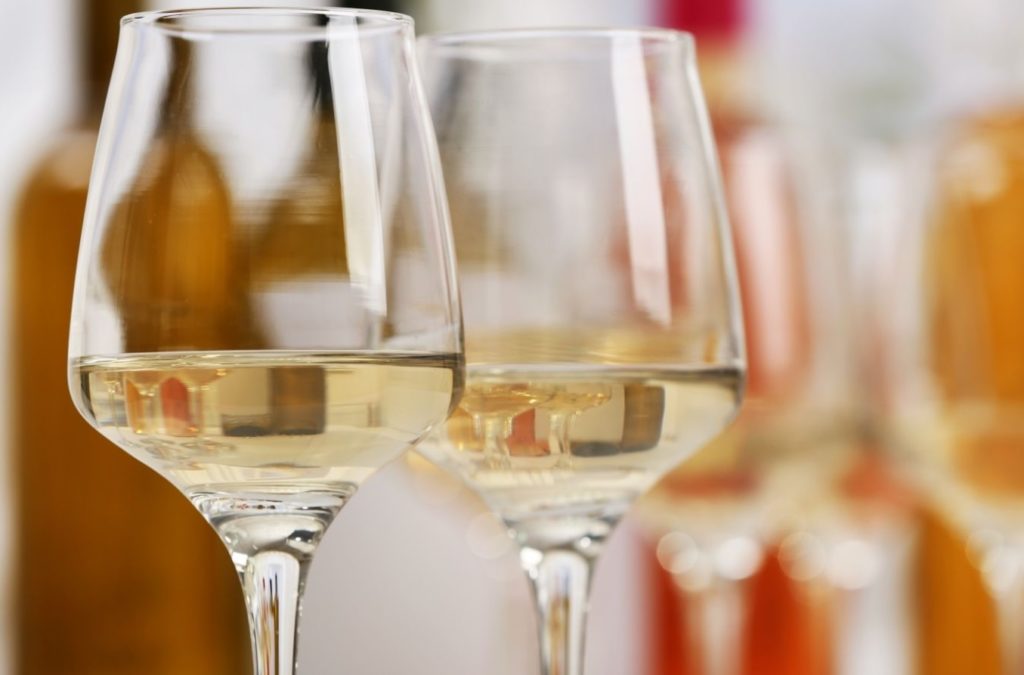
While Riesling and Chardonnay may differ in terms of taste and texture, they share common ground when it comes to being fantastic companions for food due to their versatility. Furthermore, both wines highlight the importance of terroir, offering enthusiasts an opportunity to delve into various expressions of these beloved varietals from different regions around the world. So whether you crave a zesty pairing or prefer something more indulgent, both Riesling and Chardonnay offer endless possibilities for enhancing your dining experience.
Conclusion
In conclusion, the debate between Riesling and Chardonnay will likely continue to divide wine enthusiasts for years to come. Both varietals offer unique characteristics and flavors that cater to different tastes and preferences. Riesling is celebrated for its vibrant acidity, aromatic profile, and ability to age gracefully, making it a standout choice for those seeking a versatile and food-friendly option. On the other hand, Chardonnay showcases its richness, complexity, and ability to reflect the terroir of its origin. Ultimately, the decision between these two popular white wines depends on individual preferences and occasions.

